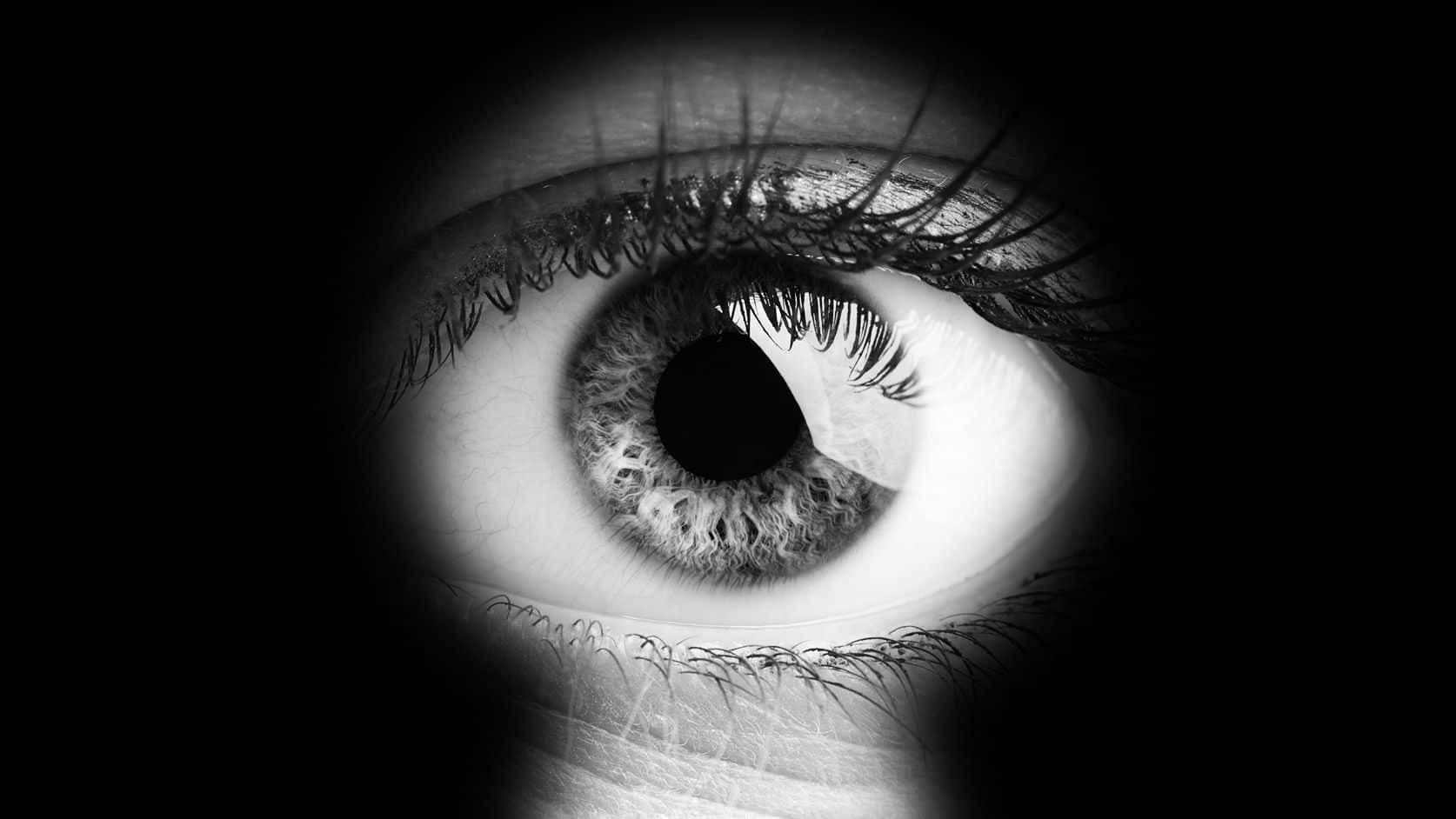Restorative eyelid surgery
The eyelid is the eye’s protective membrane, it ensures the eyes are well lubricated and that tears are homogeneously distributed. Its ideal position is determined by its anatomic layout and a perfect balance between the upper and lower eyelids.
Any imbalance may lead to eyelid position anomalies and may have direct consequences on the eyeball.
Restorative surgery aims to correct 3 types of malposition. This is a bespoke eyelid surgery adapted to each eye shape.
